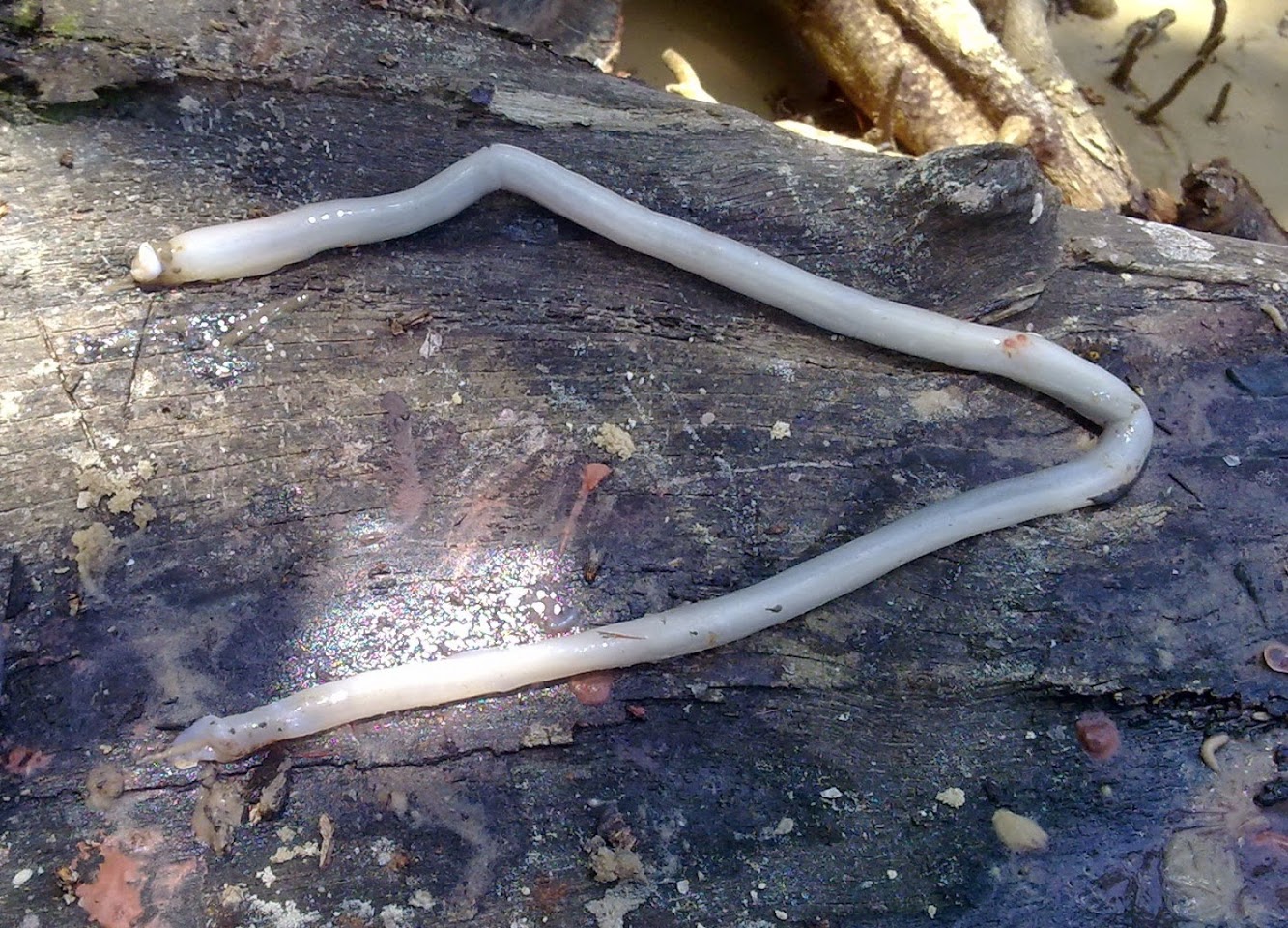
eventually destroying wood submerged in water [Credit: WikiCommons: Deplewsk]
There are 20,000 archaeologically-valuable shipwrecks and just as many former settlements with accompanying objects made from wood, such as fish traps, weapons, tools or harbour constructions, which are threatened by the ‘termites of the sea’ – as shipworms are nicknamed.
“When these objects are exposed to the seabed, they are in danger of being attacked and destroyed by shipworms,” the report, composed by Anne Marie Eriksen and David Gregory, two researcher from the conservation department at the National Museum of Denmark (NMD), found.
Shipworms are actually not worms at all but long worm-looking clams that are notorious for boring into and eventually destroying wood submerged in water. They spend most of their lives living in wood that it eats and uses as protection.
Shipworm blanket
But the problem can be solved, the researchers contended. Raising finds from the sea as soon as they are found is one way, but when that is impossible, the finds can be protected by reducing the oxygen levels in the area around them.
That can be done by reburying it in the sediment that it was found in or by using a shipworm ‘blanket’ made from plastics that kills the shipworms by starving them of oxygen.
“It is possible to stop an ongoing shipworm attack in an archaeological find on the seabed by covering it with a shipworm blanket and stabilising the blankets sides by using sandbags so that it doesn’t float away,” the report (here in Danish) said.
Concern about the archaeological finds has intensified recently because researchers have observed that the shipworm population in Danish waters has prospered in recent decades.
Author: Christian Wenande | Source: The Copenhagen Post [April 09, 2014]